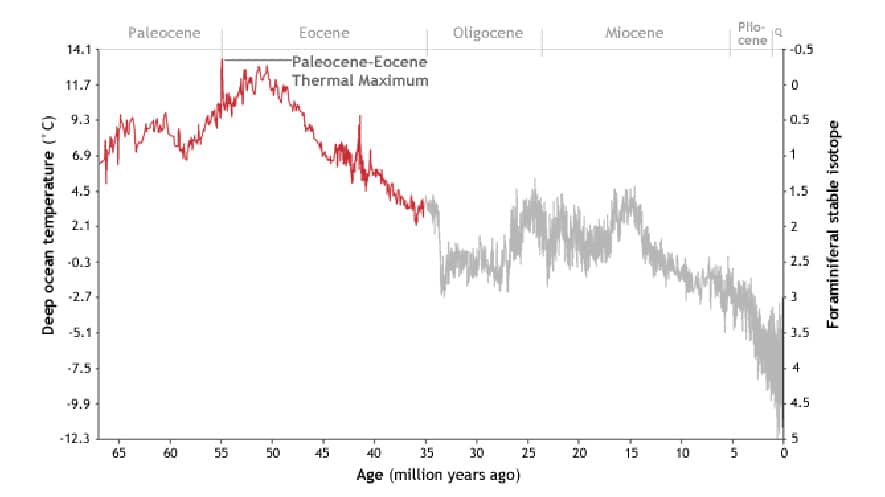The International Ocean Discovery Program (IODP) is now accepting applications for scientific participants on Expedition 378 South Pacific Paleogene Climate aboard the JOIDES Resolution. Opportunities exist for researchers (including graduate students) in all shipboard specialties, including but not limited to sedimentologists, micropaleontologists, paleomagnetists, inorganic/organic geochemists, petrologists, petrophysicists, microbiologists, and borehole geophysicists. To learn more about the scientific objectives of Exp. 378, life at sea, and how to apply to sail, attend a web-based seminar on Monday, August 28, 2017 at 3:00 pm EDT.
To participate in the webinar, you need access to the Internet and a computer with a microphone and speaker capability or a telephone. To register, click the following link: Exp. 378 Webinar. After registering, you will receive an email response with instructions on how to join the webinar.
IODP Expedition 378 will investigate the record of Cenozoic climate and oceanography through a drilling transect in the far southern Pacific Ocean. In particular, it will target sediments deposited during the very warm Late Paleocene and Early Eocene including the Paleocene-Eocene boundary, as well as the Eocene-Oligocene transition to investigate how the Eocene earth maintained high global temperatures and high heat transport to the polar regions despite receiving near modern levels of solar energy input.
Investigation of the recovered sediments also will constrain the subpolar Pacific climate, oceanographic structure, and biogeochemical cycling of much of the Cenozoic. These sediments will be used to characterize water masses, deep and shallow ocean temperature, latitudinal temperature gradients, the strength of upwelling, and the strength of the zonal winds to study both the atmospheric and oceanic climatic subsystems. The expedition will occur from 14 October through 14 December 2018.
U.S.-affiliated scientists interested in participating in this expedition should apply to sail through the U.S. Science Support Program, by click here. The deadline to apply is September 15, 2017.

